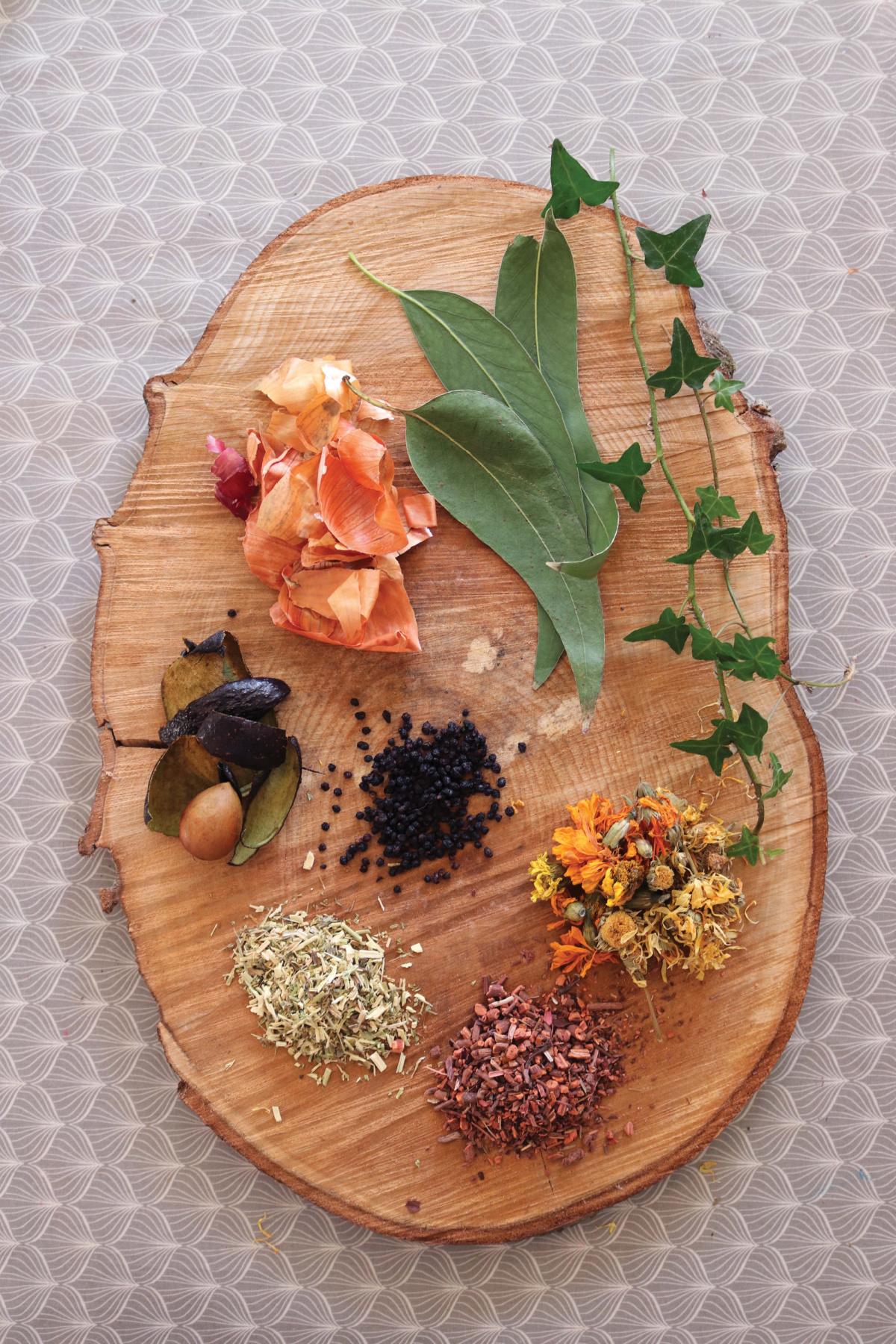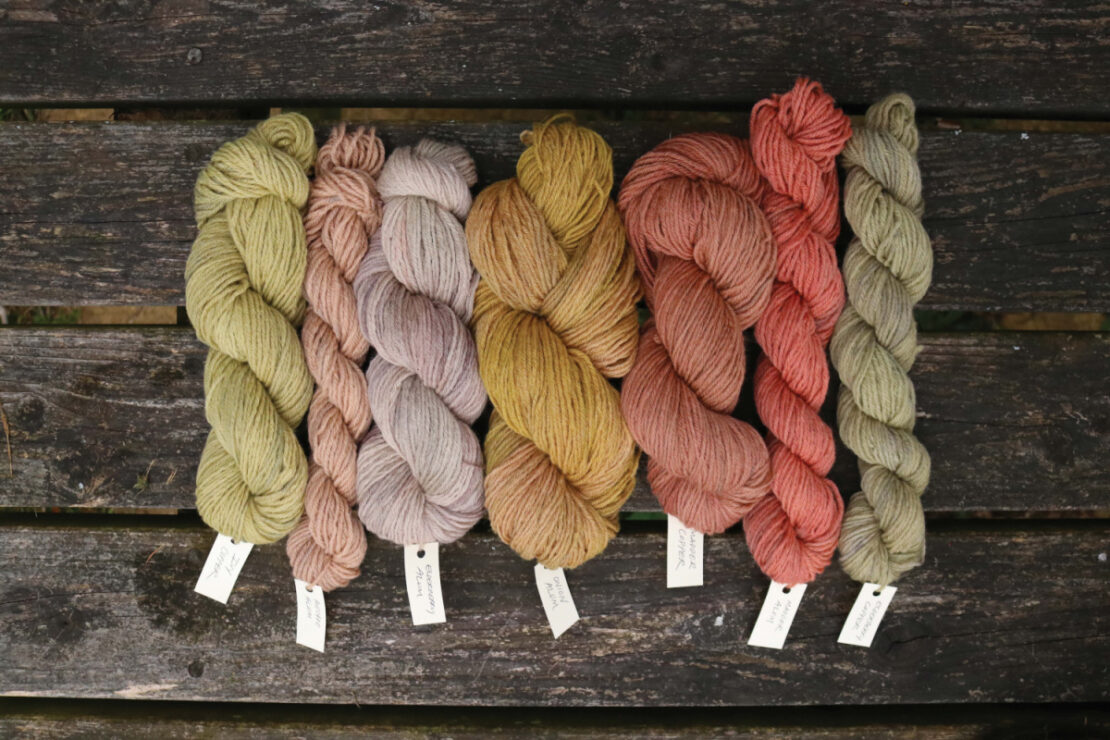
How to Use Dye Plants: Plant Projects for the Home
Using Dye Plants
Dye Plants
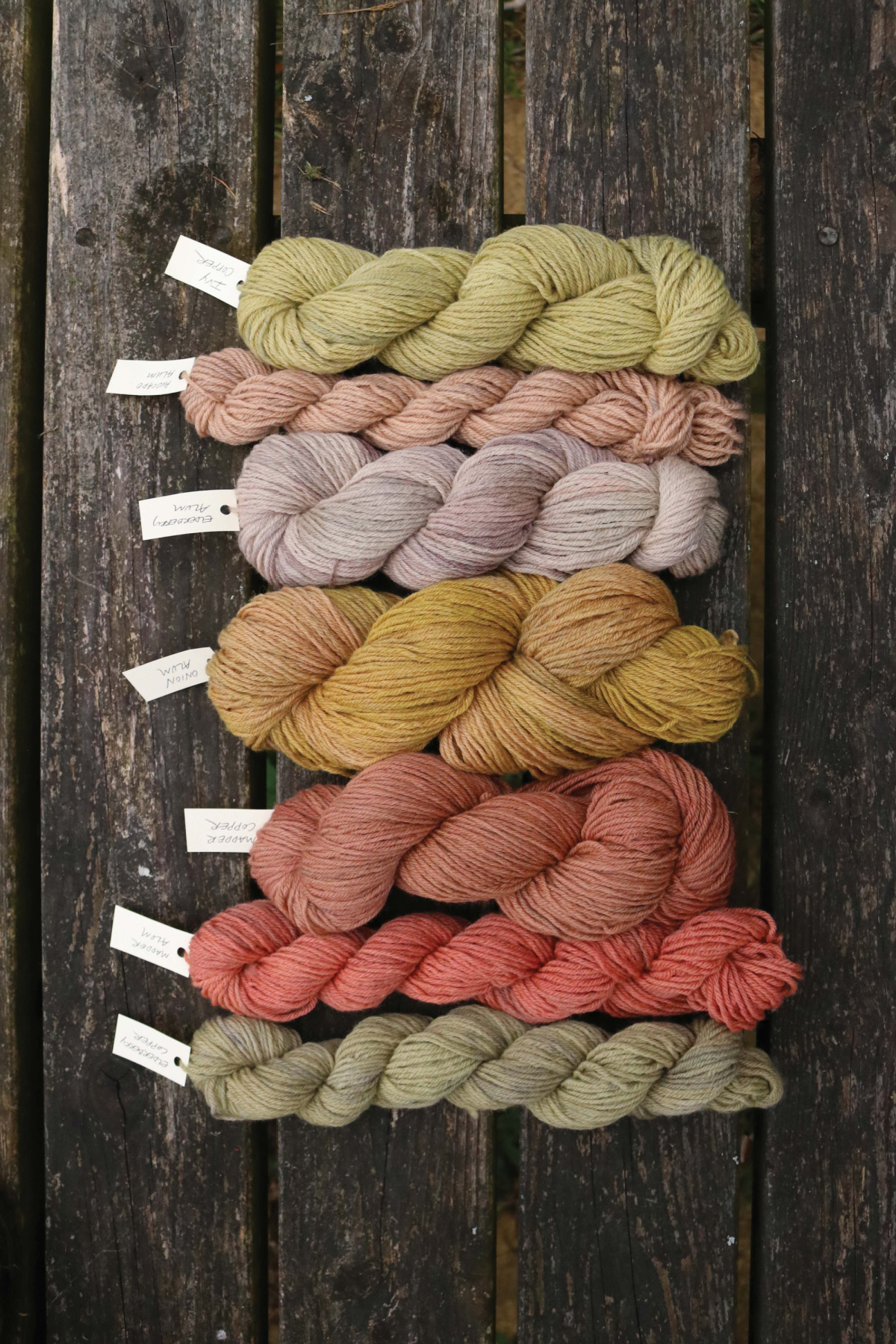
Credit: Copyright 2021. Reprinted with permission from Cool Springs Press, an imprint of The Quarto Group
The Basic Dyeing Process
Mordanting
Preparing Dye Plants
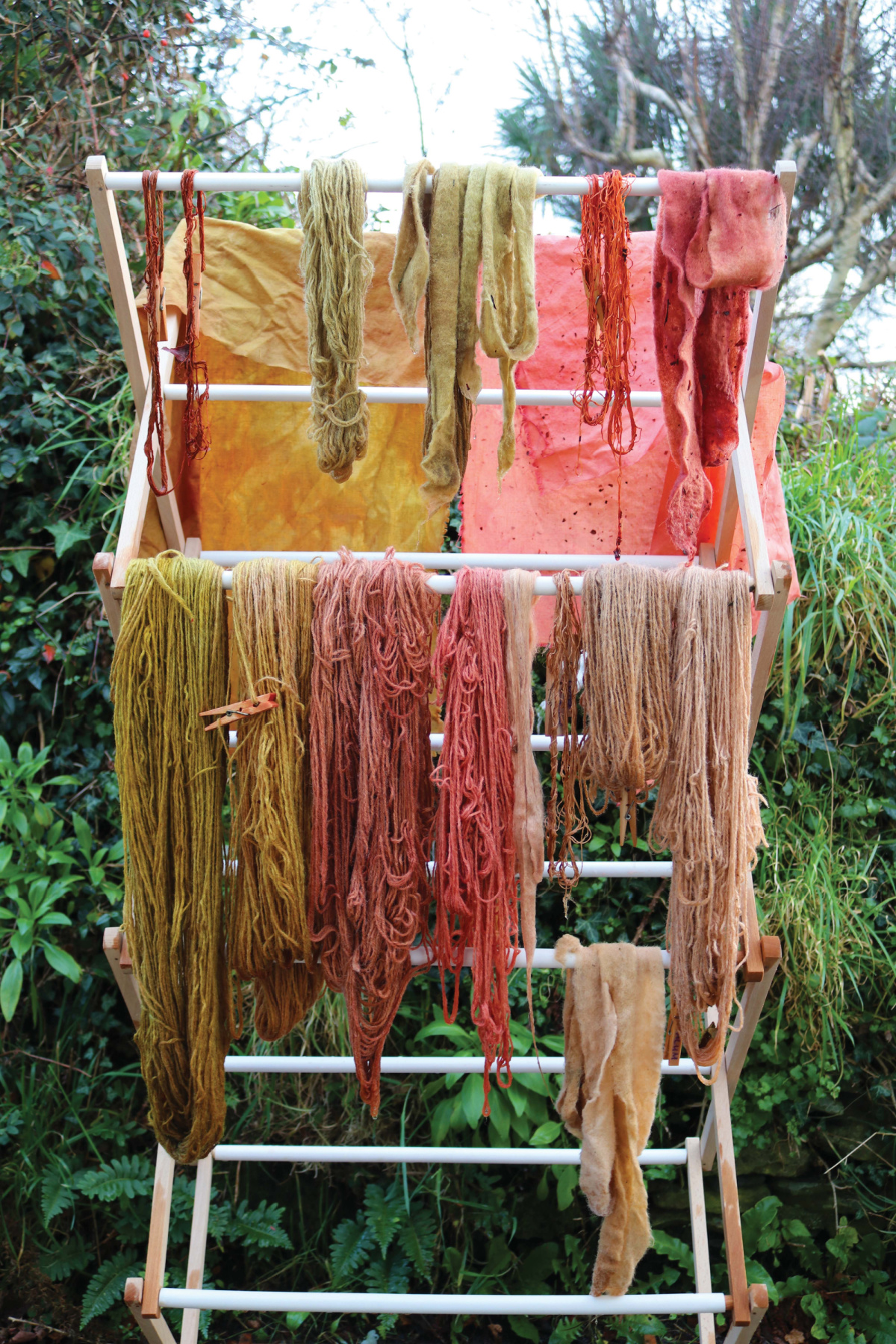
Credit: Copyright 2021. Reprinted with permission from Cool Springs Press, an imprint of The Quarto Group
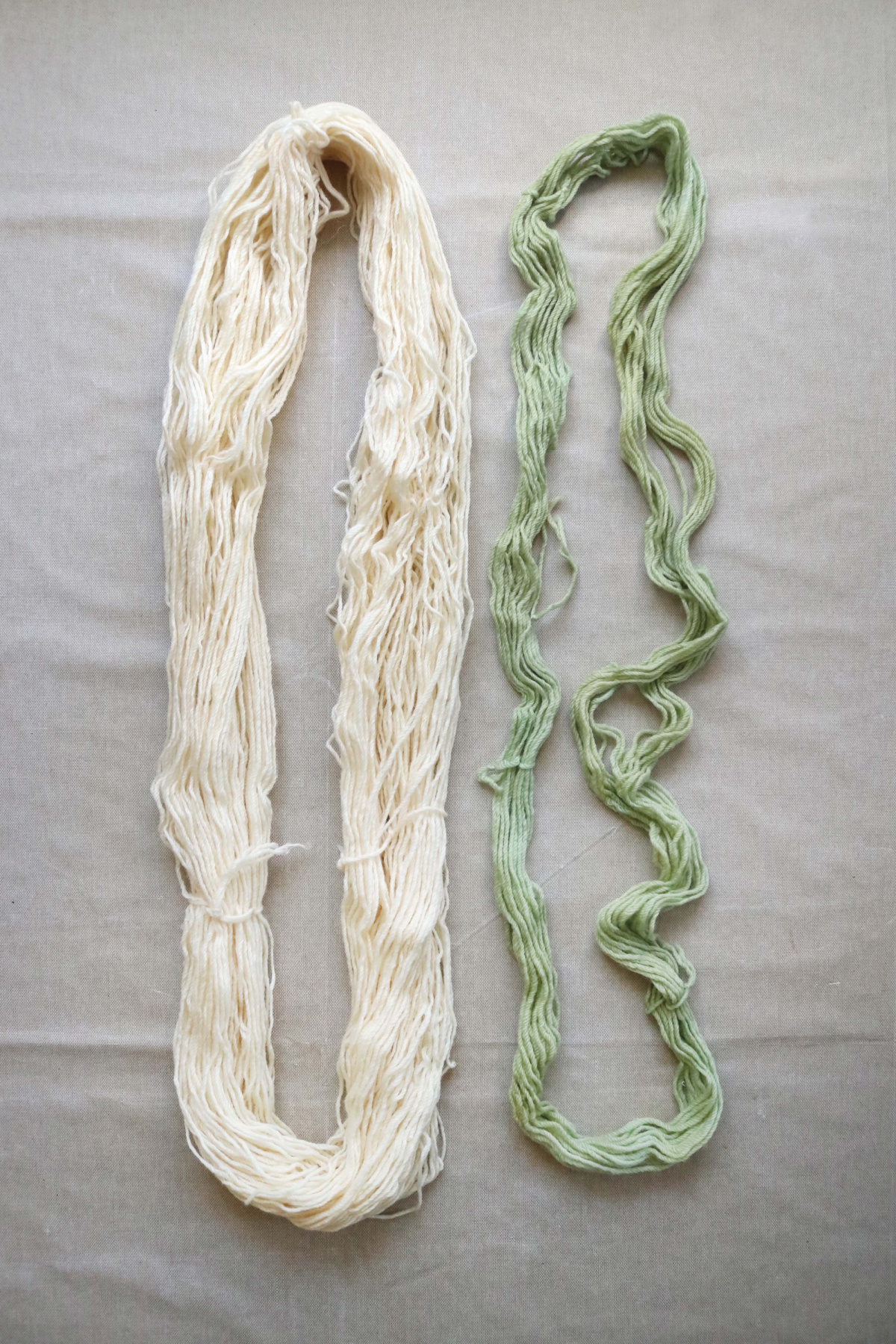
Credit: Copyright 2021. Reprinted with permission from Cool Springs Press, an imprint of The Quarto Group

Credit: Copyright 2021. Reprinted with permission from Cool Springs Press, an imprint of The Quarto Group
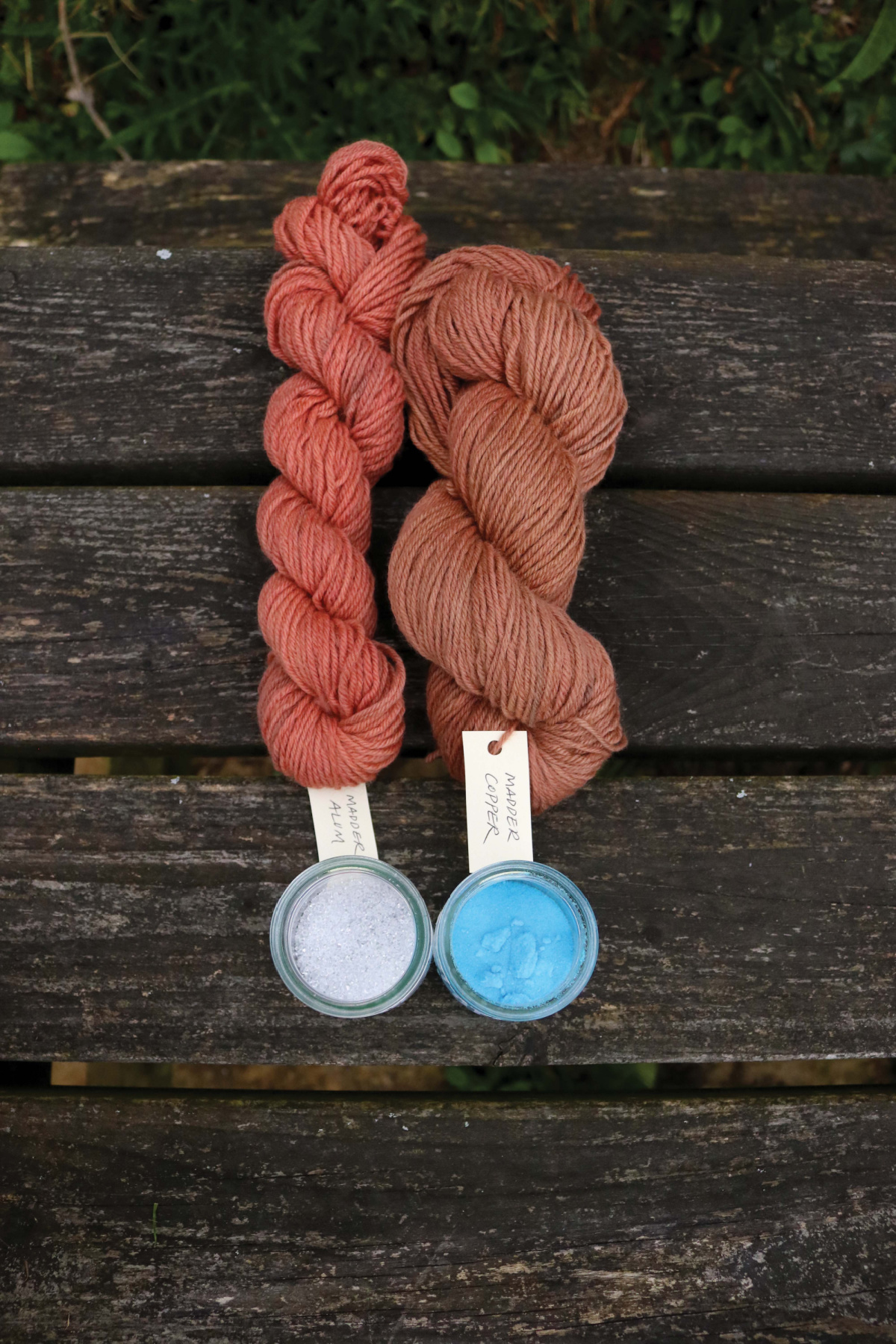
Credit: Copyright 2021. Reprinted with permission from Cool Springs Press, an imprint of The Quarto Group
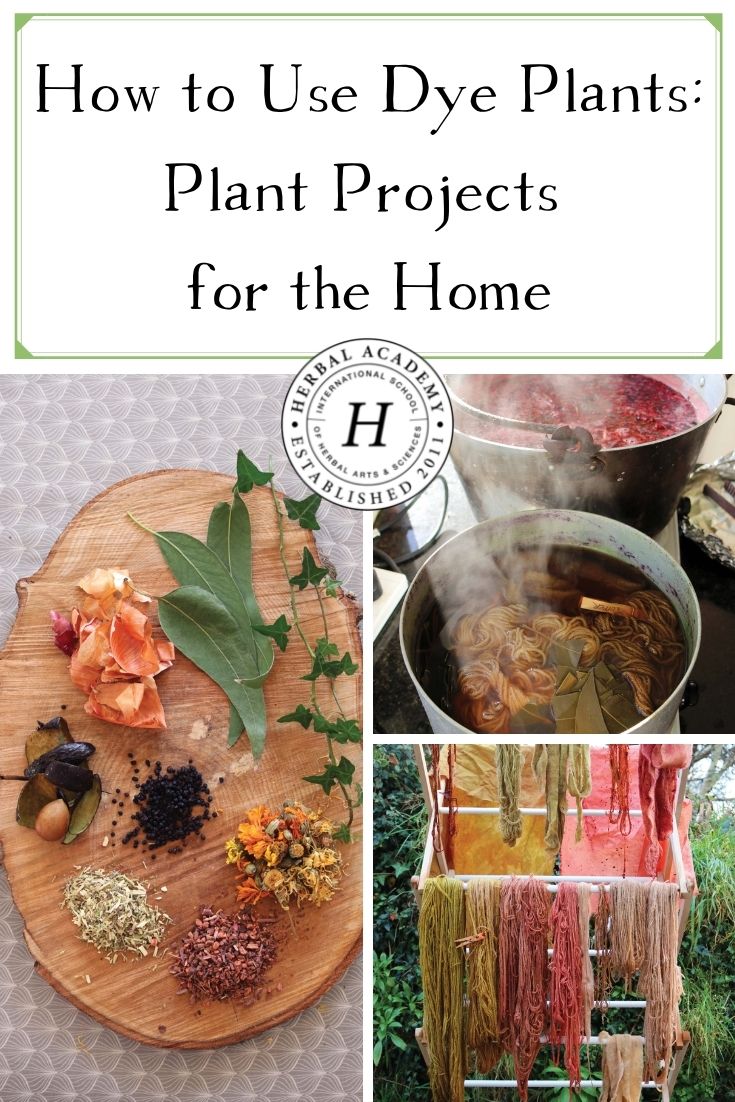
Share this:
- Click to share on Facebook (Opens in new window) Facebook
- Click to share on Pinterest (Opens in new window) Pinterest
- Click to share on X (Opens in new window) X
- Click to share on LinkedIn (Opens in new window) LinkedIn
- Click to share on Tumblr (Opens in new window) Tumblr
- Click to share on Reddit (Opens in new window) Reddit
- Click to email a link to a friend (Opens in new window) Email
- Click to print (Opens in new window) Print
About Post Author
Herbal Academy
The Herbal Academy is an online school of herbalism offering affordable herbalist training programs for students at all experience levels. Whether you are looking to explore herbalism as a hobby or personal endeavor or preparing for a career, the Herbal Academy has designed herbalist programs to suit your path and your educational needs! The Academy celebrates the community-centered spirit of herbalism by collaborating with a wide diversity of seasoned clinical herbalists, folk herbalists, and medical professionals to create an herbal school that presents many herbal traditions and points of view.Related Articles
Disclosure
The Herbal Academy supports trusted organizations with the use of affiliate links. Affiliate links are shared throughout the website and the Herbal Academy may receive compensation if you make a purchase with these links.
Information offered on Herbal Academy websites is for educational purposes only. The Herbal Academy makes neither medical claim, nor intends to diagnose or treat medical conditions. Links to external sites are for informational purposes only. The Herbal Academy neither endorses them nor is in any way responsible for their content. Readers must do their own research concerning the safety and usage of any herbs or supplements.

